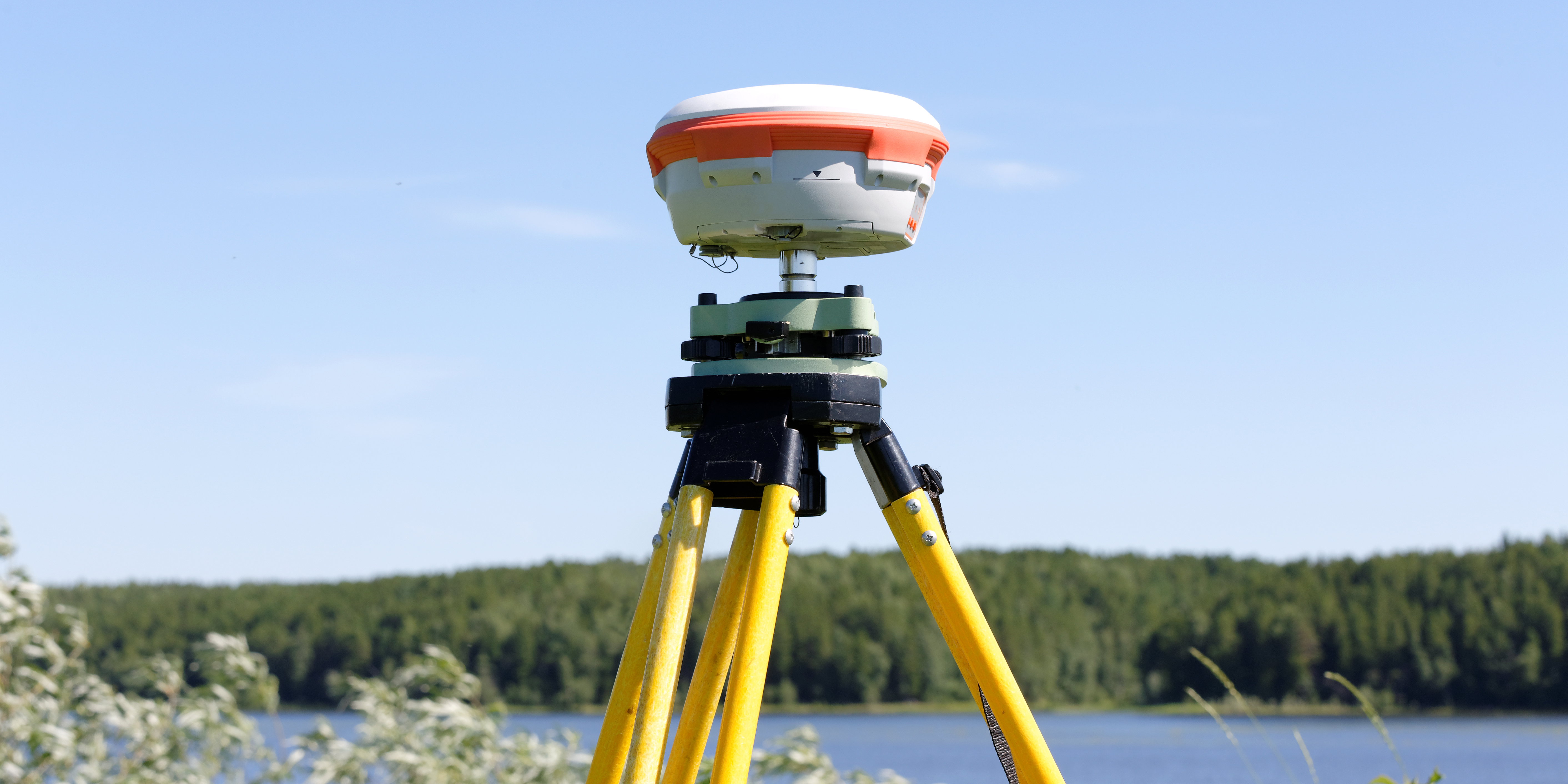GPS vs. GNSS: What Is the Difference?

When the U.S. Air Force put in orbit the 24th NAVSTAR satellite in 1993, the first satellite-based global positioning system, or GPS, was operational. This "constellation" of satellites plus ground-based control network and affordable receivers enabled anyone to determine their 3D position on the Earth's surface to within a few hundred feet.
Fast forward to today where now no less than five additional satellite navigation systems are deployed or in-progress by Europe, Russia, China and other countries. Together, these systems are referred to as GNSS or Global Navigation Satellite Systems.
As the use of "satnav" systems spread, location accuracy and reliability of U.S. GPS survey equipment improved, but even greater accuracy came from combining the data of multiple GNSS systems. Thus, the first GPS is now one instance of GNSS.
How GPS and GNSS Systems Work - Simplified
All such autonomous geo-spatial satellite systems work by receiving synchronized radio signals from multiple satellites in geosynchronous orbits. GNSS receivers decode these signals. GNSS receivers then perform real-time calculations to determine location by differential analysis of each satellite's position, velocity and direction. These calculations utilize clocks within one-billionth of a second precision.
Key Differences Between GPS and GNSS
GPS is a specific implementation of a GNSS system. Thus, the two terms are not strictly interchangeable.
Each political entity's GPS system, such as Russia's GLONASS, Europe's Galileo or China's BeiDou, has its unique features and capabilities compared to U.S. GPS. However, under the GNSS umbrella, we can at least say that all systems are GNSS-compatible.
Unique Deployments
Each GNSS system utilizes geosynchronous — as opposed to geostationary — orbiting satellites, but with a unique orbit radius. Thus, each system's orbit speed differs. Each uses different frequency bands and data formats as well. Each uses a different number of satellites from Japan's seven QZSS satellites to China's 35 BeiDou satellite constellation.
Using a Single GNSS
If using any one system by itself, e.g., GPS, a surveyor may experience limitations such as blocked signals due to bad weather, buildings or geological formations. Searching out positions with clear signals can complicate surveying operations. Signal availability is especially critical for GNSS-based transportation location systems as the receiver constantly moves.
Multiple GNSS Signal Receivers
With GNSS survey equipment, surveyors have the most accurate GPS for surveying small and large projects as accuracy, availability and reliability all improve due to multiple satellite system access.
GNSS surveying is, of course, just one application of this rapidly improving technology. New uses in construction, mining, farming and remote control are being developed almost daily thanks to centimeter accuracy using all-band GNSS deployments.
Which GNSS Receiver Is Best?
When surveying GPS deals, consider how access to two or more GNSS constellations could enhance your work's effectiveness. The best choice is to select products that are able to use as many GNSS systems as possible. Not only does this increase accuracy, but it also guards against specific GNSS threats, including jamming, spoofing or political issues that may embargo a country's particular system.